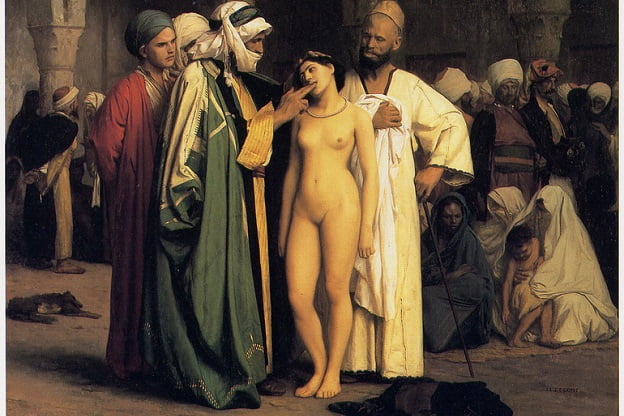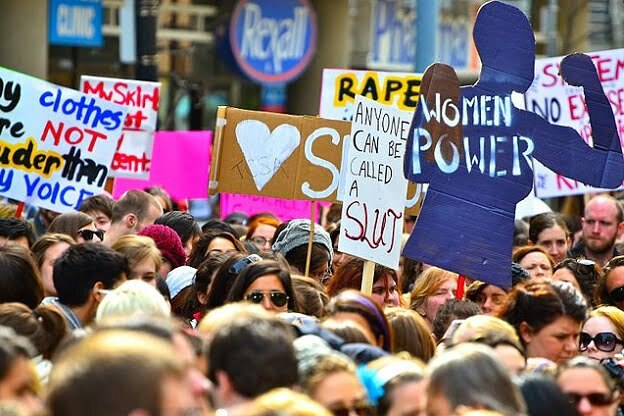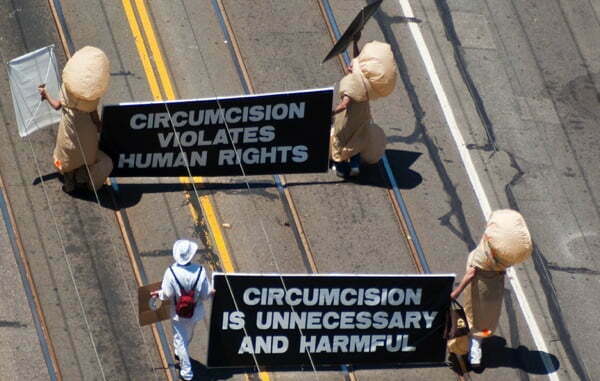Sexual Health
Sex Trafficking In The Modern Day
In 1865, Abraham Lincoln abolished organized slavery in the USA. However, slavery still exists today. It continues to thrive as part of an underground market, that may exist behind closed doors or be hidden in plain site.
Sex trafficking, a subset of human trafficking, is legally defined as “the recruitment, harboring, transportation, provision, or obtaining of a person for the purposes of a commercial sex act, in which the commercial sex act is induced by force, fraud, or coercion, or in which the person induced to perform such an act has not attained 18 years of age.” Estimates of the actual scope of sex trafficking range widely from “thousands” to “over a million” per year, depending on how loosely trafficking is defined and the political motivations of the writers. Nonetheless, the National Human Trafficking Resource Center reports that there were at least 3,598 cases of sex trafficking in 2014 alone, based on substantive tips submitted to their hotline. Since December 2007 they have tracked 13,481 total cases including 10,482 cases that had strong evidence of human trafficking.
The primary reason our estimates are uncertain is the covert nature of the coerced sex work and corresponding failure to report. Clients may receive the services of a trafficked person without knowing the person’s status. Victims of trafficking often do not immediately ask for assistance or self-identify as a victim for several reasons: because it is illegal and they fear legal punishment or deportation, because they fear punishment from their trafficker, because they feel ashamed or distrustful of others, or because they do not perceive themselves to be passive victims.
How Does Trafficking Occur?
Predatory sex traffickers institute physical violence, threats, financial dependency and other coercive and persuasive tactics to force individuals to engage in sex against their will. These traffickers may be strangers who initially recruit their victims by promising them a high-paying job or serious relationship. Traffickers may recruit foreign nationals in their own countries and promise them a better life abroad, and within the U.S. they may approach others such as runaways, in public spaces and transportation hubs and promise them safety or job security. In the early stages of the arrangement, predatory traffickers engage in a ‘honeymoon’ period, during which the trafficker establishes basic trust. The trafficker may offer gifts, engage in excessive flattery, and initiate sexual and physical contact to obtain the loyalty of his or her victim.
After the affectionate period, predatory traffickers may anchor their victims with emotional, physical, and/or sexual abuse and financial dependency. The traffickers employ techniques such as isolating victims from their friends and families of origins, demanding the victims to repay unreasonable debts for their travel and upkeep, exploiting bonds the victims may have formed with other victims, and sometimes renaming victims to assert dominance and distance them from their true identities. Foreign nationals may also face language barriers and fears about violating their work visas or about not having any documentation at all.
It is important to note that there is diversity among human traffickers and some who engage in trafficking may know the trafficked person well and may be more involved in securing travel documents and making other travel arrangements. The relationship between those who are trafficked and their traffickers who are kith or kin to them is likely different than the relationship between predatory traffickers and their victims.
Who Are Victims Of Trafficking?
Despite media portrayal, victims of sex trafficking can be any gender and can run the gamut in terms of age, education, income, ethnic background, and sexual orientation. They include foreign nationals as well as U.S. citizens. Many people associate the word trafficking with traveling or smuggling and incorrectly conclude that sex trafficking can only occur when state lines or country borders are crossed. However, trafficked individuals can be residents of the city or state in which they are victimized.
Homeless youth, domestic violence and sexual assault survivors, victims of war or displacement, and other socially marginalized groups are at an elevated risk of being targeted by sex traffickers because they are more vulnerable than the general population.
Where Does Trafficking Occur?
Sex trafficking can happen anywhere , including in both rural and urban communities. Common locations where victims may provide services or traffickers may solicit clients include bars and clubs, hotels and motels, truck stops, strip clubs, and brothels. Traffickers can also create what appear to be legitimate businesses on the outside such as massage parlors or escort services. These businesses function like traditional brothels and have multiple prostitutes living in a house or warehouse-like unit servicing 6 to 10 clients a day. These fake massage businesses may be advertised openly in newspapers and phone directories. Traffickers can now also offer services via online postings on sites such as Backpage.com and then use hotels and motels as locations for the commercial sex to take place.
How Can I Help?
First, it is important to not assume that everyone in the commercial sex industry is a victim of sex trafficking. Individuals may willingly sell sex (even migrate to do so) and these situations do not constitute trafficking unless the individual is a minor or there is force or coercion employed to compel them to work. However, through education about common indicators we all may become more aware and thereby help those who are potential victims of trafficking.









